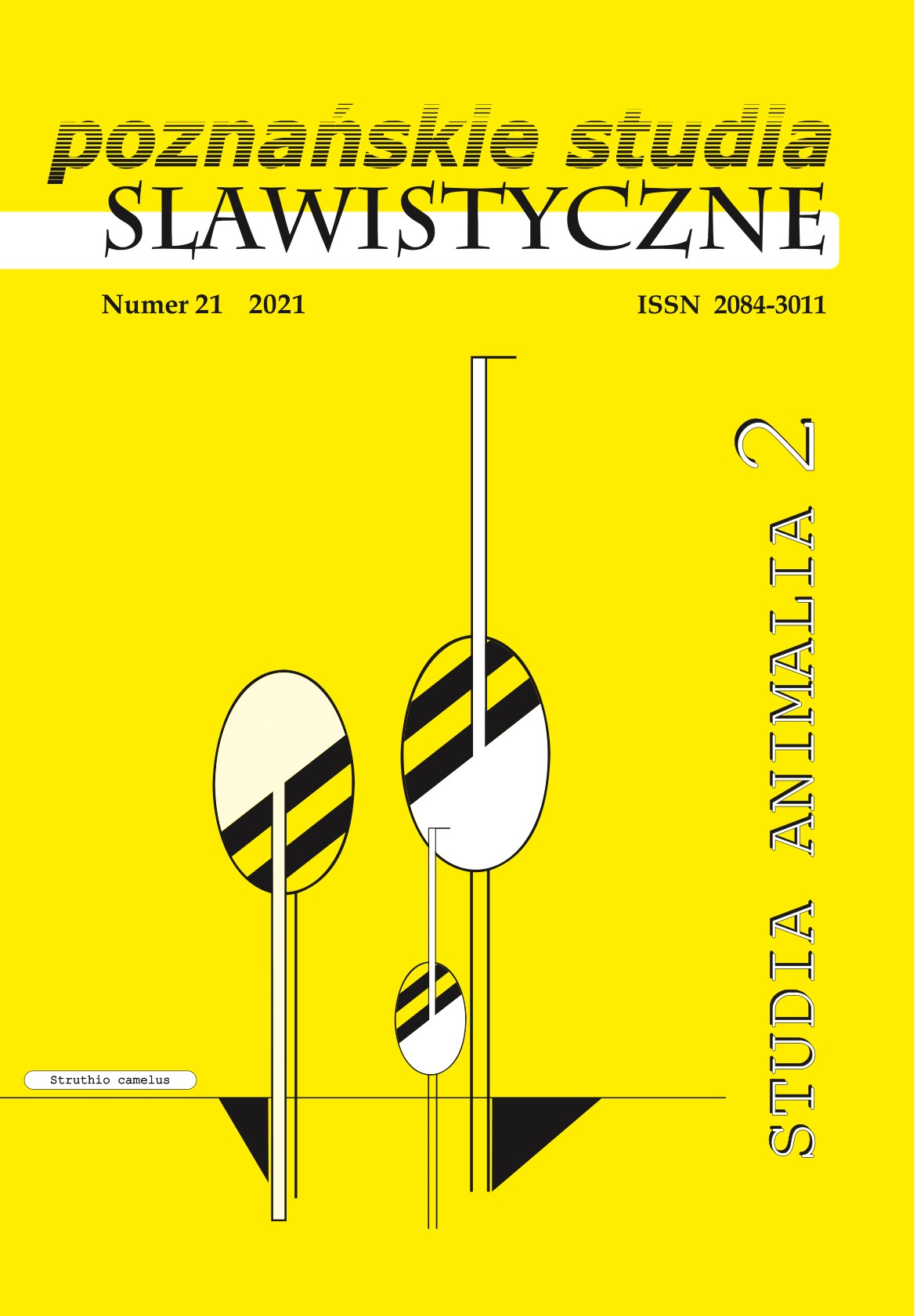Paralela Emmanuel–lew
i jej znaczenie w programie malarskim serbskich ikonostasów
The Emmanuel–Lion Parallel and its Importance in the Painting Scheme of Serbian Iconostases
Author(s): Agnieszka GronekSubject(s): Language and Literature Studies
Published by: Uniwersytet Adama Mickiewicza
Keywords: The Unsleeping Eye; lion symbolism; Orthodox painting; Serbian art; 18th century
Summary/Abstract: One of the unique features in the schemes of painting of modern Serbian iconostasis is the icon of The Unsleeping Eye, illustrating the intellectual parallel of Emanuel–lion. The ideological source for this image is biblical texts and their interpretations by Origen, Cyril, patriarch of Alexandria, Theodore of Cirrhus, Epiphanius, bishop of Salamis, and the explanation of role of the lion in Physiologos, Greek bestiary from 2nd–4th century. This icon is located in the very center of the screen, most often directly above the royal gates. This article attempts to read the sense of this presentation. Iconographic, iconological, comparative studies, and analysis of the content of bib- lical texts and inscriptions on icons led to the belief that the image of The Unsleeping Eye in this place of iconostasis primarily performs apotropaic functions. The Christian church is divided into two parts, sanctuary and nave, which means symbolic division into a visible and invisible world, earthly and heavenly, bodily and spiritual. The iconostasis is the border between these two spheres, and royal doors connect them. The passage is guarded by image The Unsleeping Eye. Although in the 18th century there were radical formal changes in Serbian Orthodox painting, and traditional patterns were replaced by new Western origins, their eschatological and apotropaic senses were remained.
Journal: Poznańskie Studia Slawistyczne
- Issue Year: 2021
- Issue No: 21
- Page Range: 207-223
- Page Count: 17
- Language: Polish

